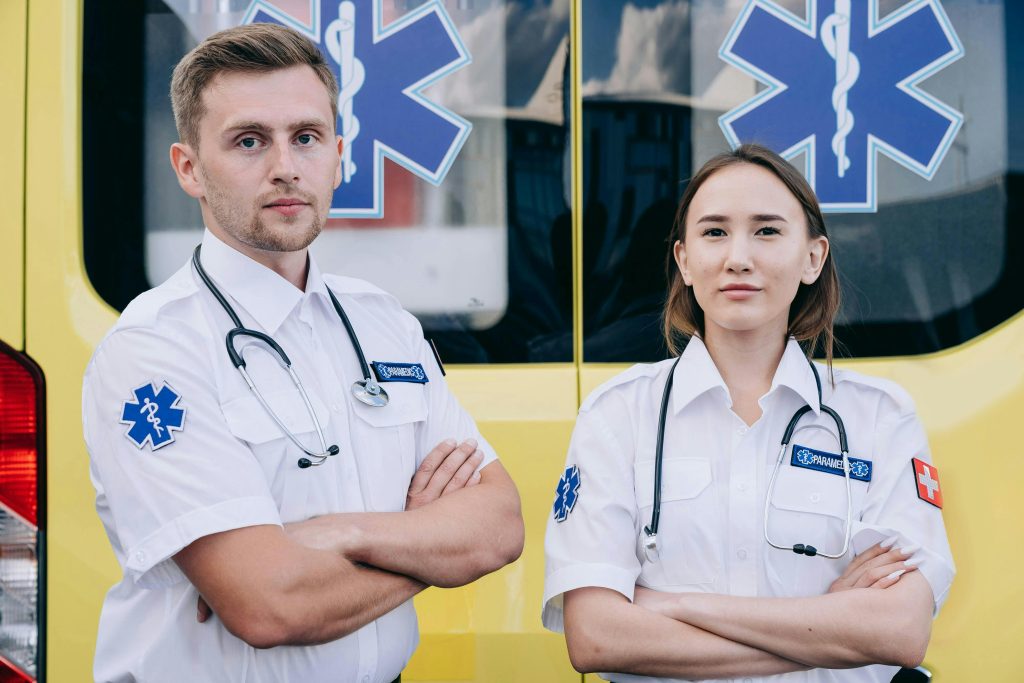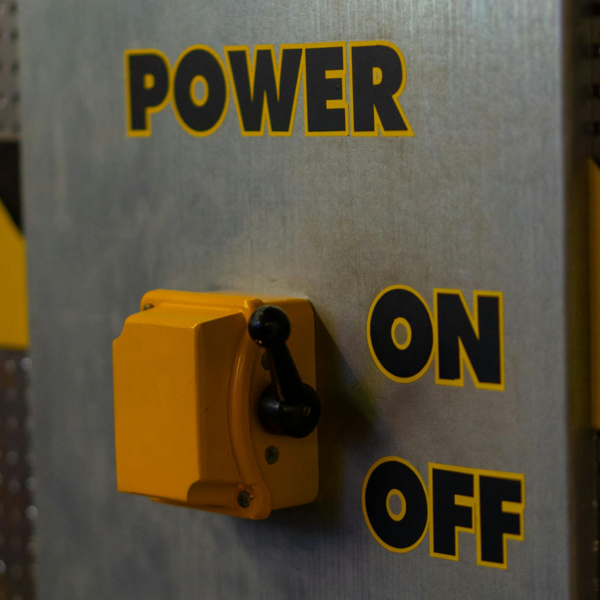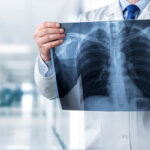Emergency healthcare systems face unprecedented challenges during extreme weather events, which can exacerbate public health crises and complicate responses to natural disasters. As climate change intensifies, the frequency and severity of such events—ranging from hurricanes to wildfires—are on the rise, creating a pressing need for robust healthcare strategies that can withstand these shocks. Emergency medical services (EMS) are vital components of healthcare infrastructure that are utilized when properly responding to an emergency situation such as a natural disaster.
By investing in resilient healthcare infrastructure and developing comprehensive emergency response plans that account for climate-related risks, we can significantly mitigate the impact of natural disasters on public health. Such proactive measures are not only essential for safeguarding lives but also crucial for fostering community resilience in an increasingly unpredictable world. Read below to learn more about what role EMS plays during a disaster and the importance of bolstering their capabilities.
The Role of Emergency Medical Services (EMS) During Disasters
Effective emergency medical service response is absolutely crucial in managing the chaos that often accompanies disasters and emergencies, and this effectiveness hinges on the critical process of triage. In high-pressure situations, where every second counts and decisions can mean the difference between life and death, disaster response teams must prioritize medical care based on the severity of injuries rather than simply following the order in which patients arrive. This systematic approach to triage ensures that those suffering from life-threatening conditions receive immediate attention, thus maximizing their chances of survival and subsequent recovery.
Moreover, well-trained EMS personnel are equipped with advanced protocols and cutting-edge technology to assess victims swiftly and accurately. Their ability to rapidly evaluate a patient’s condition allows for timely interventions while also coordinating seamlessly with local hospitals. This collaboration is vital for ensuring a smooth transition of care for those who need it most; it guarantees that patients are not only stabilized at the scene but also transported efficiently to medical facilities where they can receive comprehensive treatment.
The importance of a robust EMS response system cannot be overstated; it serves as a cornerstone for effective disaster management. Such systems not only alleviate pressure on healthcare resources during crises but also foster community resilience by ensuring that help is delivered efficiently and effectively when it is needed most. When communities know they have reliable emergency services ready to respond at any moment, they feel more secure and capable of facing uncertain situations.
By investing in comprehensive training programs and allocating resources for EMS teams—ranging from updated equipment to enhanced simulation exercises—we can significantly boost our preparedness for future emergencies. This investment ultimately leads to improved outcomes during crises, saving lives when they matter most. It’s essential that we recognize the profound impact of well-structured EMS systems in safeguarding public health during disasters; after all, every moment lost in an emergency could mean another life hangs in the balance.
The Importance of Preparedness and Training for Emergency Situations
Healthcare preparedness training is essential for ensuring that hospitals can effectively respond to disasters and emergencies, safeguarding both patients and staff while coordinating with other EMS personnel about ever-changing scenarios. Implementing comprehensive disaster readiness programs equips medical personnel with the skills and knowledge necessary to handle a wide range of crises, from natural disasters to pandemics. Emergency drills play a crucial role in this preparation, allowing medical staff to practice their responses in real-time scenarios, which not only enhances their confidence but also identifies potential gaps in protocols that need addressing.
Furthermore, community training programs are vital for fostering a culture of preparedness; by educating the public about emergency procedures and resources available during crises, we create a more resilient society capable of supporting healthcare facilities in times of need. The integration of these training initiatives not only bolsters hospital readiness but also strengthens community ties and trust in healthcare systems. Ultimately, investing in robust healthcare preparedness training is not just prudent—it’s an imperative that can save lives when every second counts.
If you are interested in becoming an provider in an EMS setting or in healthcare in general, then consider connecting with a dedicated recruiter today to talk about what options are available to you. If you are not sure about what you are looking for, then consider checking out our job board to see what roles are currently open, as those could be a great place to start!











